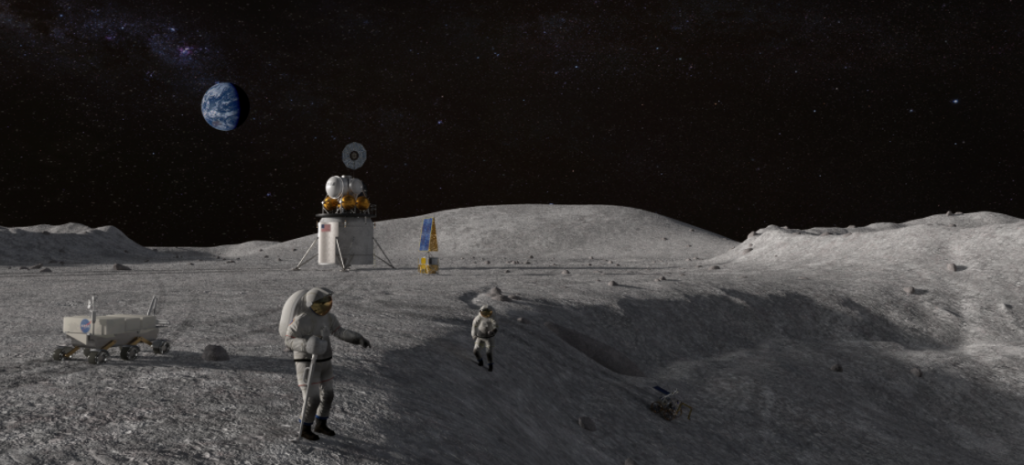The scientists presented their lunar ark plans at the IEEE Aerospace Conference.
“We have a responsibility to be guardians of biodiversity and the means to preserve it.”, lead author Jekan Thanga, head of the Space and Terrestrial Robotic Exploration (SpaceTREx) Laboratory at the University of Arizona, told Live Science.
Not all the technology needed for this ambitious project exists yet, but the researchers think it could be built within the next 30 years, Thanga said.
The main motivation behind the lunar ark is to create a secure off-world storage facility for biodiversity.
“I like to use the data analogy,” Thanga said. “It’s like copying your photos and documents from your computer onto a separate hard drive, so you have a backup if anything goes wrong.”
Therefore, if an apocalyptic event destroyed the natural world or wiped out most of humanity, there would be a chance to “hit a reset button,” Thanga said.
In their presentation, the researchers listed the following as potential existential threats to biodiversity on Earth: Supervolcanic eruption, global nuclear war, asteroid impact, pandemic, climate change acceleration, global solar storm, and global drought.
“The environment and human civilization are both very fragile,” Thanga said. “There are many of these really tragic circumstances that could happen.”
Source: Live Science





 Apple to cough up almost $310mn for patent infringement
Apple to cough up almost $310mn for patent infringement